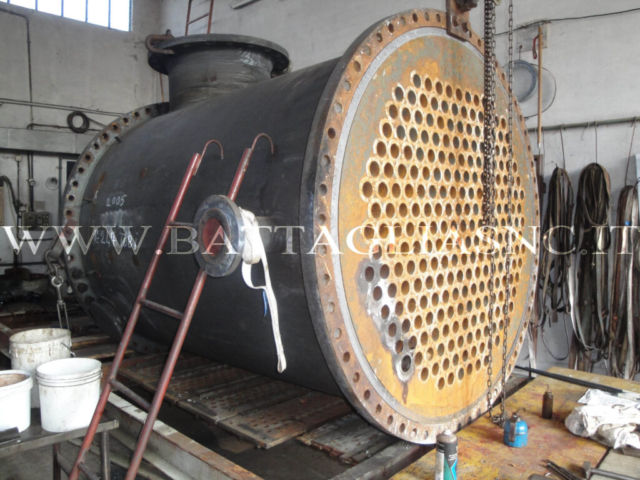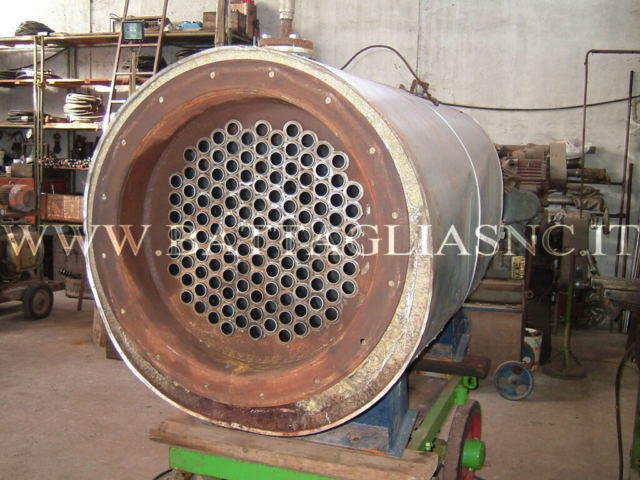Steam generators/boilers
Steam generators/boilers
The tube sheet steam generator produces saturated steam mainly used in the power generation, chemical, petrochemical, food and district heating sectors.
The tube/tube sheet joint can be welded only or welded and expanded.
A steam generator, or steam boiler, or simply boiler, is a device that transforms the energy of the fuel used into heat and makes it available, continuously and under controlled conditions, in a circuit through a liquid or in the form of steam.
Boiler technology dates back to the 18th century when the applications of steam for the production of mechanical energy multiplied. In the first steam generators, the boiler consisted of a metal container filled with water, under which the coal was made to burn, and steam was generated at a certain temperature.
The evolution of the technique and the use of liquid and gaseous fuels then allowed a marked improvement in the construction of boilers especially with the invention of the “smoke tube boiler” in which the water laps against the outer wall of the tubes inside the which the fumes circulate at high temperatures.
Towards the end of the 19th century in 1867, the Americans George Babcock and Stephen Wilcox conceived an innovative system in which, instead of the combustion fumes, inside the pipes the water to be vaporized circulated, thus creating better exchange coefficients using smaller tubes and coils to increase the heat exchange surfaces. The result was smaller boilers with the same volume production of pressurized steam. A practical example of the energy generated by the boiler is the steam locomotive.










